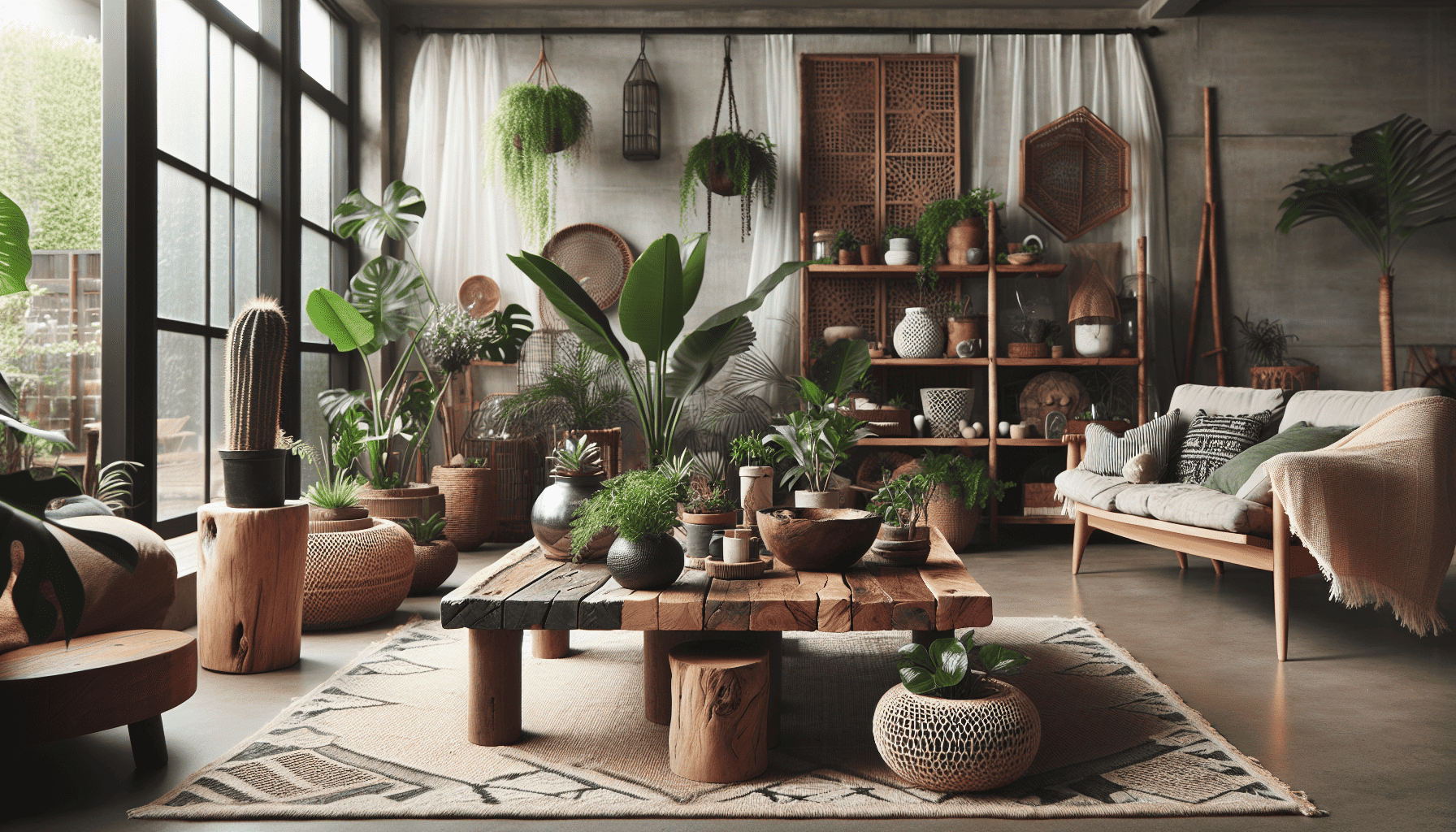As the world becomes increasingly conscious of the environmental impact of human activities, more homeowners and designers seek to integrate sustainable materials into interior design projects. Creating eco-friendly living spaces is not only a trend but a necessity for the well-being of our planet. Fortunately, there are a plethora of sustainable materials available that combine style with environmental responsibility, allowing you to create beautiful, functional, and eco-friendly homes.
One of the most popular sustainable materials is bamboo. Known for its rapid growth and renewability, bamboo serves as an excellent alternative to hardwood. It can be used in flooring, furniture, and even decorative items. Its natural aesthetic lends warmth and elegance to any room while minimizing environmental impact.
Another versatile option is reclaimed wood. Sourcing wood from old structures or previously used items reduces the need for new timber, thereby decreasing deforestation. Reclaimed wood can add character and a sense of history to any space, with its weathered texture and rich patina.
Cork is another sustainable hero that should not be overlooked. Harvested from the bark of cork oak trees, this material is naturally renewable. Cork is moisture-resistant, sound-insulating, and offers a cushioned underfoot feel, making it ideal for flooring and wall coverings. Additionally, cork's unique texture and natural tones can enhance the aesthetic appeal of any room.
For those interested in textiles, organic cotton and linen are fantastic eco-friendly fabrics. Grown without harmful pesticides and following sustainable farming practices, these materials are healthier for both the environment and the occupants of a home. They provide a soft, breathable, and durable option for upholstery, curtains, and bedding.
Recycled metal is becoming increasingly popular in sustainable design. By repurposing scrap metal from various industries, new products can be created with significantly less energy than raw metal extraction requires. Recycled metal can be used in furniture, fixtures, and decorative elements, offering a sleek, modern touch to interiors.
Natural stone, while a more traditional choice, can be a sustainable option when sourced carefully. Locally quarried stone reduces transportation emissions and promotes regional economies. Materials like marble, granite, and limestone offer durability and timeless beauty, with the added benefit of thermal mass, which can help regulate indoor temperatures and reduce energy consumption.
Glass is another material that can be both recycled and recyclable, making it a sustainable choice for windows, partitions, and accents. Modern technology has improved the energy efficiency of glass, with options like double-glazing and low-emissivity coatings that contribute to better insulation and reduced energy use.
In addition to material choices, the concept of sustainability extends to the production process and lifecycle of products. Opting for companies and brands committed to sustainable practices further ensures that your interior projects are eco-friendly. Look for certifications, such as Forest Stewardship Council (FSC) for wood and Global Organic Textile Standard (GOTS) for fabrics, to ensure materials meet stringent environmental and social criteria.
By thoughtfully selecting sustainable materials, you can create stunning and eco-friendly living spaces that not only enhance the quality of life for residents but also contribute positively to the planet. Whether you're renovating an existing space or designing a new home, these choices help pave the way for a greener, more responsible future in interior design.
